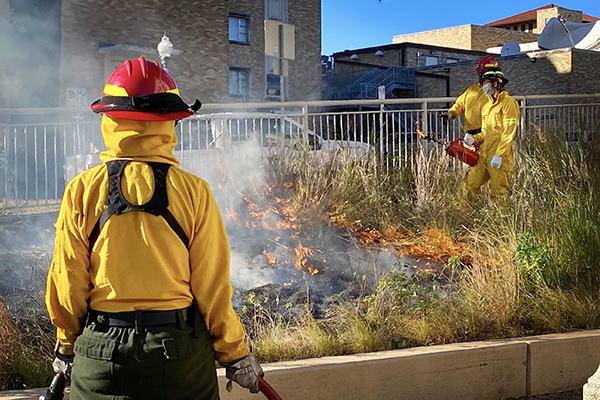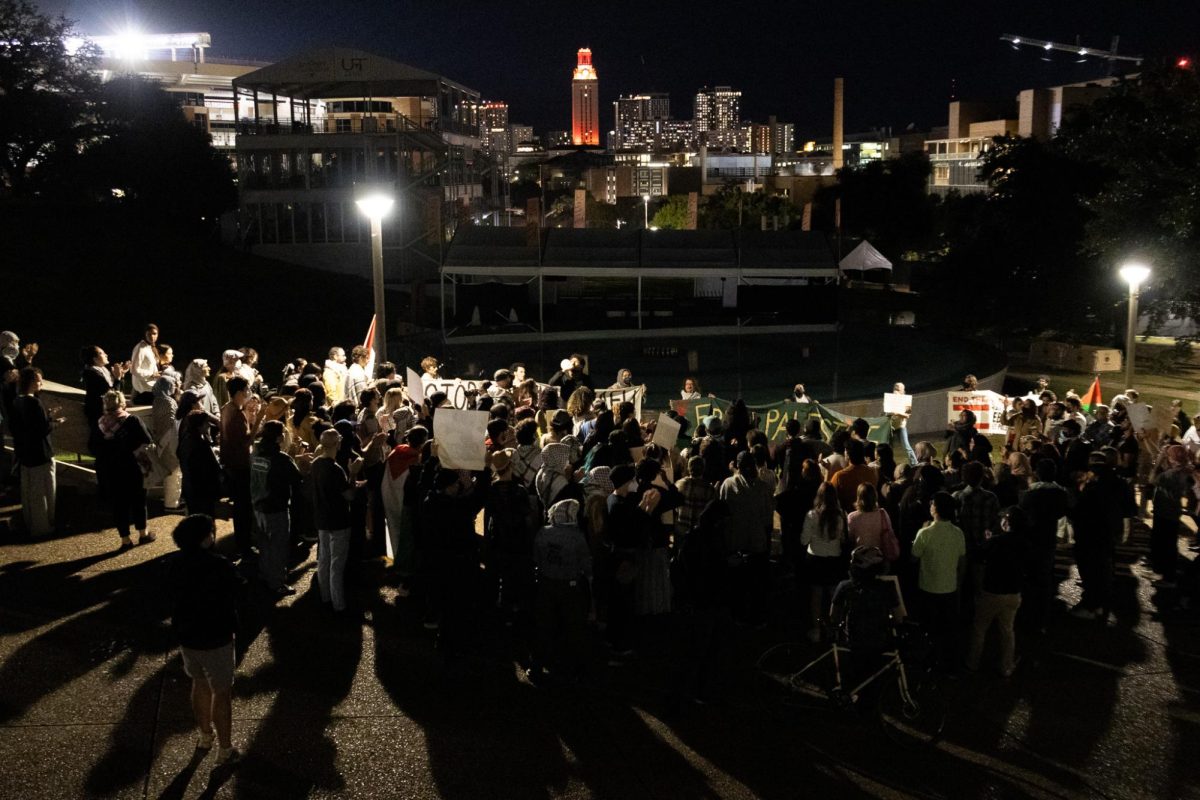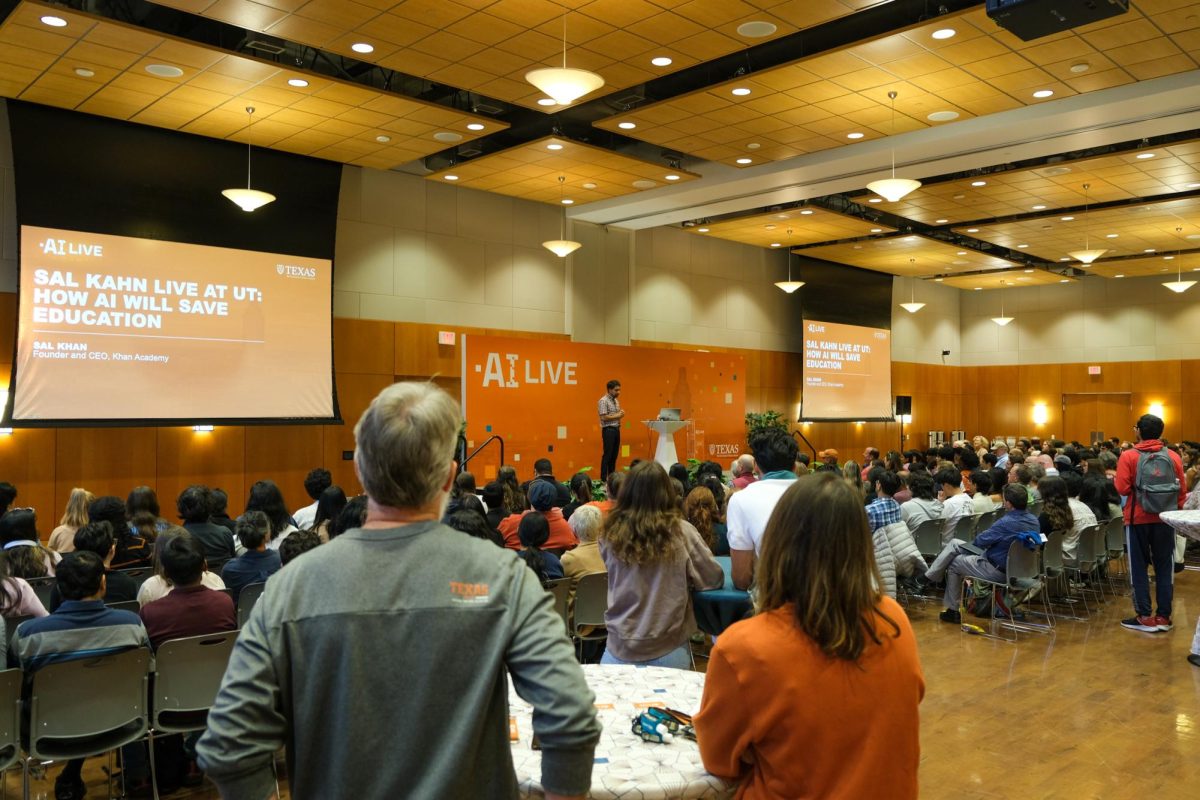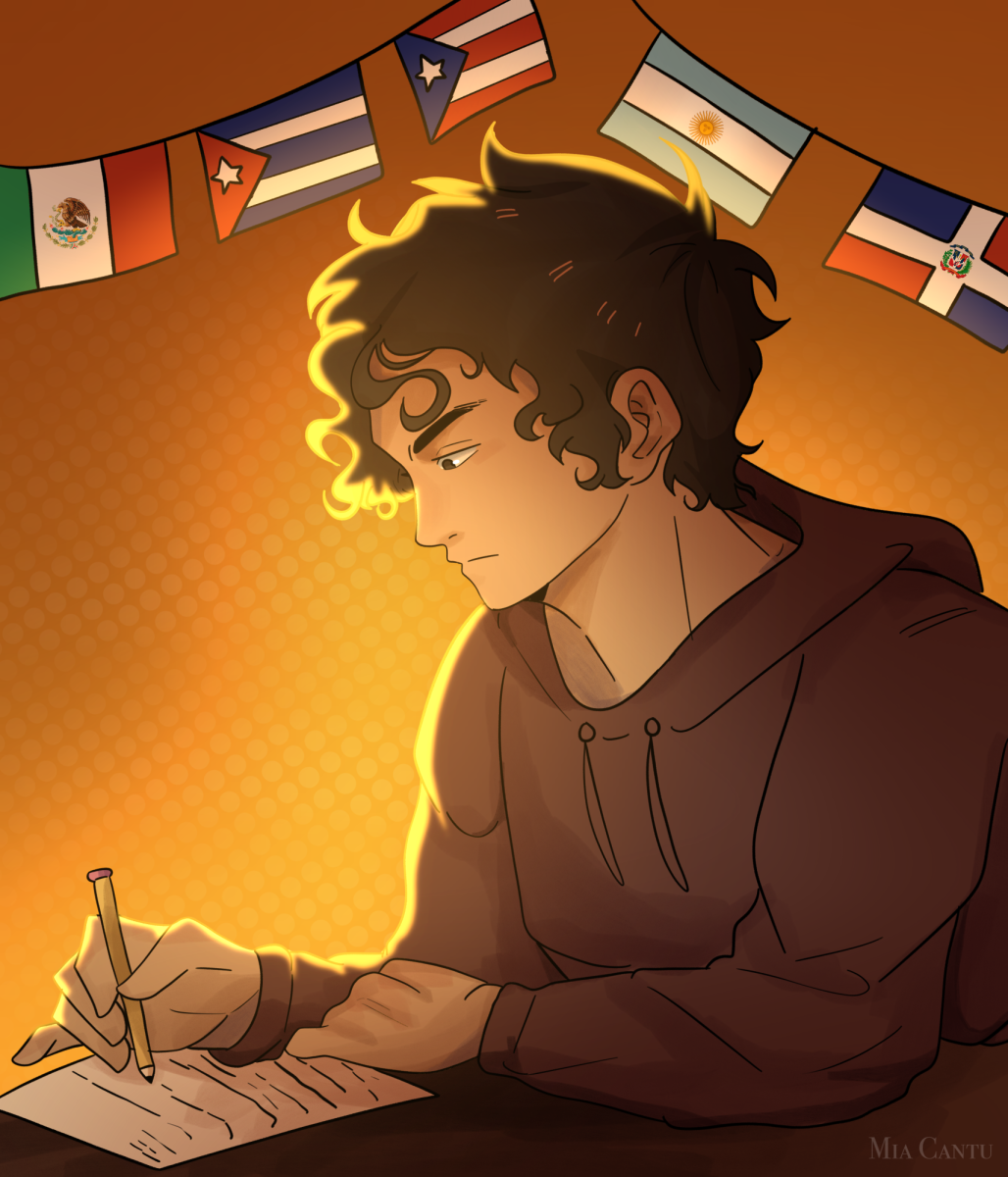The Campus Environmental Center conducted a 10-minute controlled burn of the on-campus Half-Pint Prairie Monday to replenish the soil of native plants.
The Half-Pint Prairie, a 1,200 square foot mixture of over 50 native plant species, requires little upkeep compared to the South Mall or other lawns on campus, said Jack Rouse, a Half-Pint Prairie co-lead. Rouse said the prairie requires no sprinklers or watering, and the burn will provide adequate upkeep and nutrition to the prairie’s soil.
“As we are bracing ourselves for severe water shortages, I think we have to let go of things like lawns that are uselessly consuming resources,” said Rouse, an English and accounting senior. “This prairie is a step in shifting those aesthetic values. A lot of people think those green lawns are how things should look, but (it is) at the expense of everything else in the environment.”
The center planted the Half-Pint Prairie in spring 2019 west of the Student Services Building. Because prairies are disturbance-dependent ecosystems, Rouse said a controlled burn helps to knock back bushes and dead plants and make way for new growth.
Rouse said the on-campus prairie can introduce people to the benefits of native grasses instead of green lawns.
“When you start to establish these little pocket prairies and teach people about them, we hope that they will be more receptive to having more native plantings in the first place,” Rouse said. “I think it shows how disconnected we are from what our environment should look like.”
The Half-Pint Prairie is a Blackland prairie, a species that runs through Texas and resides in East Austin, Rouse said. The Blackland prairie is severely endangered and occupies 0.1% of its previous territory, according to the Half-Pint Prairie website. Neuroscience senior Pranav Jayaraman said much of the prairie's disappearance can be attributed to human causes.
“This species, the Blackland prairie, used to be the dominant greenspace across Texas,” Jayaraman said. “Forest fires, the natural fires that normally would occur, are prevented by humans, which kind of led to the (prairie’s) disappearance.”
Environmental science junior Clayton Faries said fires can reduce leaf litter and invasive species, promoting lush plant growth afterward by invigorating the soil and allowing more sunlight to penetrate the prairie.
“Fire is a natural part of prairie ecosystems, and Native American (nations) often conducted controlled burning of their grasslands in the same manner that we are doing,” Faries said.
Fairies said the center is ensuring a safe burn by checking for proper humidity levels and wind speeds on the day of the burn. He said the team worked with the UT fire marshal and the Lady Bird Johnson Wildflower Center to plan the burn.
Rouse said it is rare to see a controlled prairie burn in an urban environment, especially on a college campus.
“Other college campuses that have created small ecosystems similar to our prairie are often located at a satellite location away from their main campus,” Fairies said. “Not only are controlled burns at universities uncommon, but I think ours is even more unique because it is happening right in the middle of campus where more students can see what we’re doing and why it’s beneficial.”


















